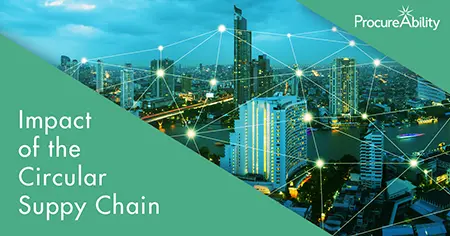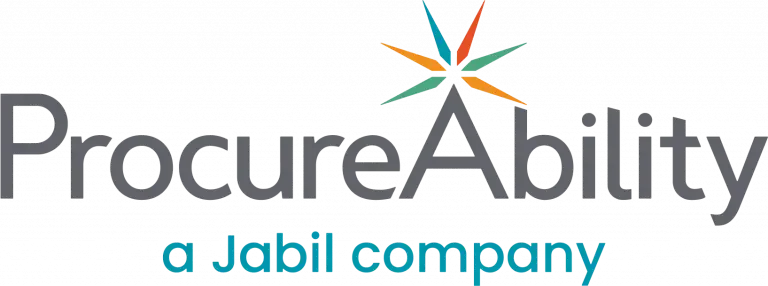
Historically, the supply chain appeared to be linear as products were consumed and ultimately discarded in the trash. With today’s focus on sustainability and reclamation of used materials, the supply chain is also adapting, transitioning to meet changing demands as a circular supply chain, the green alternative.
By switching from the current industrial linear model to a circular supply chain concept, where resources are kept in use for as long as possible and even regenerate into something else at the end of each service life, companies are able to achieve sustainable growth. Therefore, in a circular supply chain environment, there is a transition from raw materials to the manufacturing process to distribution to the consumer than to waste. By embracing the journey of the reverse logistics process, the below benefits can be obtained:
Save Money and Grow Business Value
By focusing on reusable materials, companies can achieve maximum benefit out of the raw materials they purchase. Instead of tossing products away at the end of their life cycle, they can be re-manufactured and turned back into profit with lower costs than purchasing additional materials to build something new. This way, companies can decrease the overall production costs and successfully connect the end of the linear supply chain with the beginning.
Societal Benefits of the Circular Economy
Sustainability remains a hot topic in just about every industry. As consumers create more and more waste each year, it’s up to not only individual consumers but also companies, to choose products that have small environmental footprints.
Consumers are increasingly conscious about the impact of what their shopping decisions might have on the earth. In 2015, Nielsen polled 30,000 consumers in 60 countries around the world and found out 66% of global consumers indicate that they’re willing to pay more for sustainable products. Companies should be catering to a public that is increasingly conscious of their environmental impact if they want to stay relevant among consumers and grow market share.
Recycling and Reusing Protects Against Price Volatility
Raw material prices are constantly changing and as a result, companies always struggle to plan their budgets and keep total costs of goods under control. The price of many categories of virgin materials varies on a day-to-day basis. Metals, for example, have seen more volatility recently than in any decade in the 20th century. By anticipating the amount of reused and recycled materials that can be used in the production of new goods, companies can more accurately gauge their expenditures and keep costs under control.
Meeting Regulation Standards
Many government regulations are pushing businesses to be more environmentally friendly by creating laws and regulations around recycling and waste disposal. Others are offering incentives to companies that make active efforts to “go green.” Either way, the end goal is to reduce the environmental impact of simply boost their bottom lines.
Ultimately, adopting a circular supply chain strategy should not be viewed as a choice between being a good steward of the environment and a good business practitioner. It’s both. Companies that implement a circular supply chain model can not only get more value from end-of-use products but also gain goodwill and intangible benefits of being socially responsible firms.
Subscribe to ProcureAbility Insights to access whitepapers, presentations, plus our latest thought leadership.



